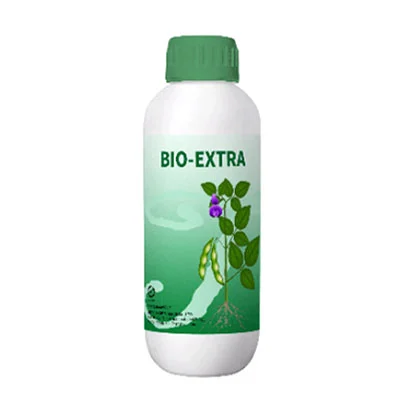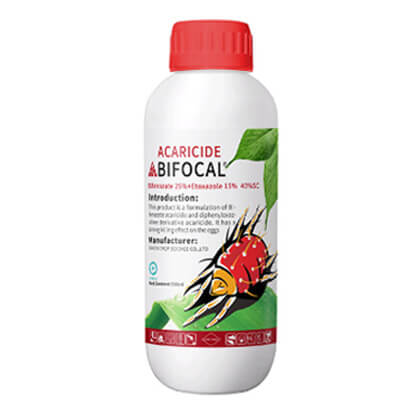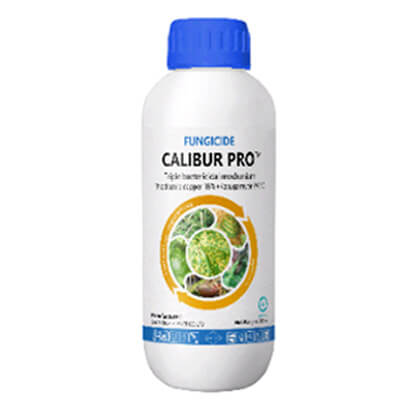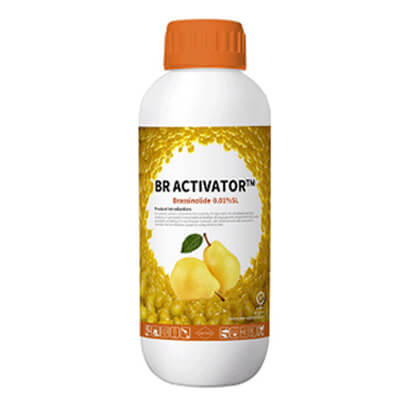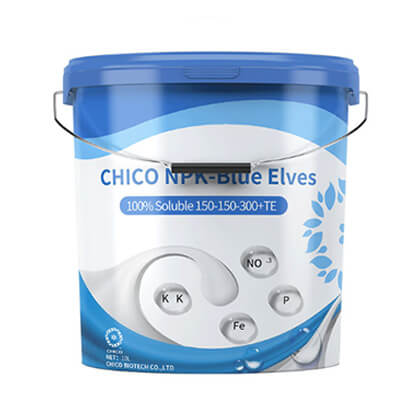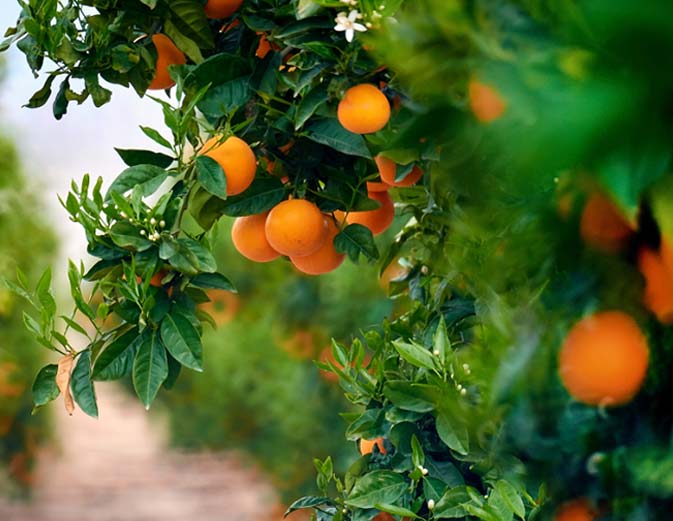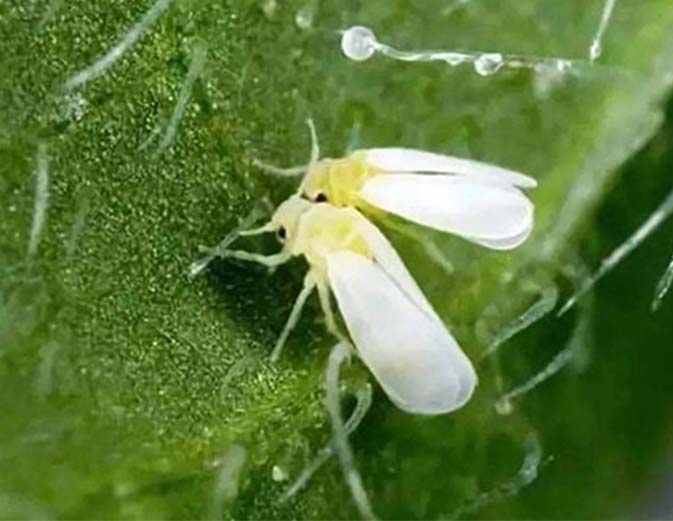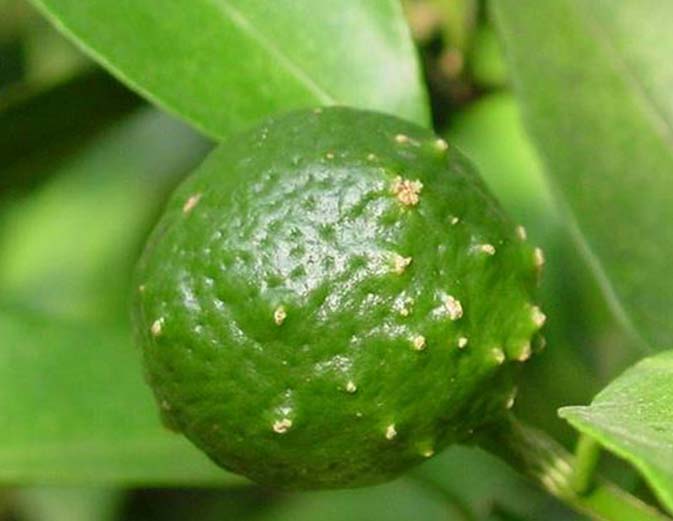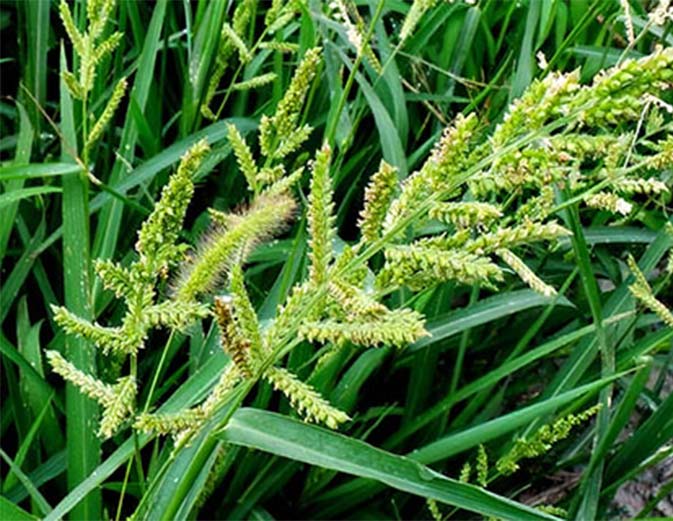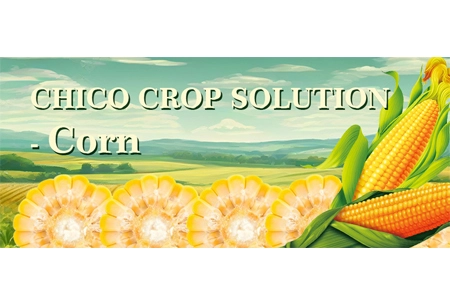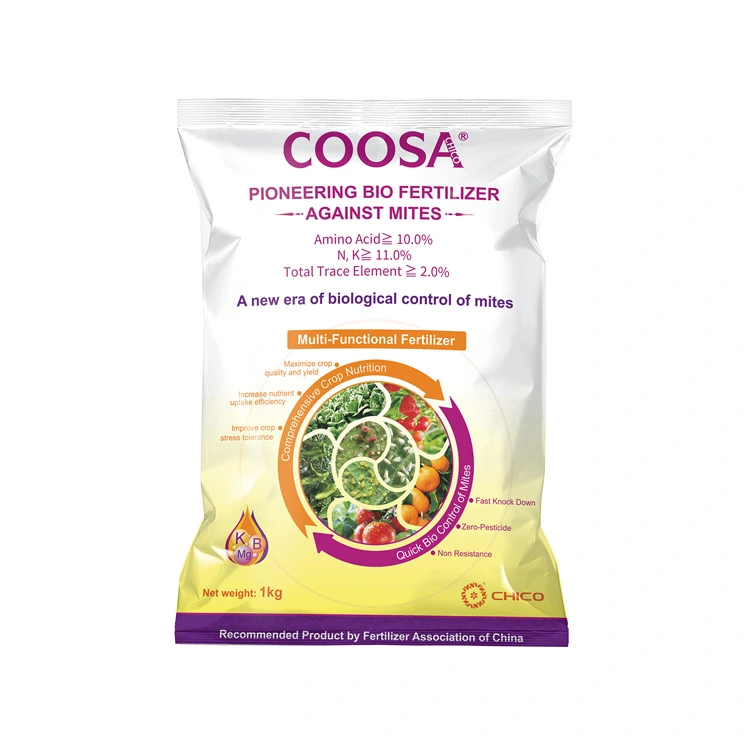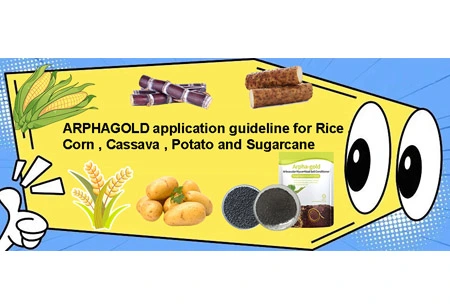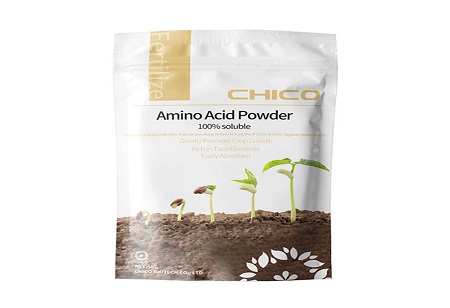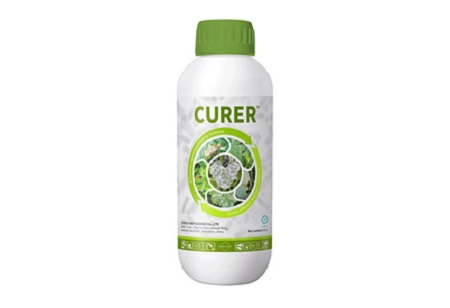
How to use pesticides correctly ?
It is widely reported that the dosage of pesticides is getting larger and larger nowadays, but pests are becoming more and more difficult to kill. What is the reason for this? Based on our application experience, we have found that growers tend to overlook some details in the way they use pesticides, which may lead to a weakened pest-killing effect.
The following are some suggestions for application operation:
1.Pesticide Selection
The appropriate pesticide type should be chosen based on the specific pest and crop types. A reputable crop science company would typically suggest emamectin pesticide for its high efficacy against target pests while maintaining low environmental impact. Preference should be given to pesticides with low dosage, low toxicity, and minimal residues in both the crop and environment. The use of banned pesticides is strictly prohibited, and the application of highly toxic pesticides is restricted.
2.Spraying Period
Consideration must be given to the growth patterns of pests and the efficacy of pesticides. Spraying too early or too late may result in suboptimal control. For instance, control of Beet armyworm should occur before the second instar stage, while scale insects should be targeted immediately after they emerge from their shells.
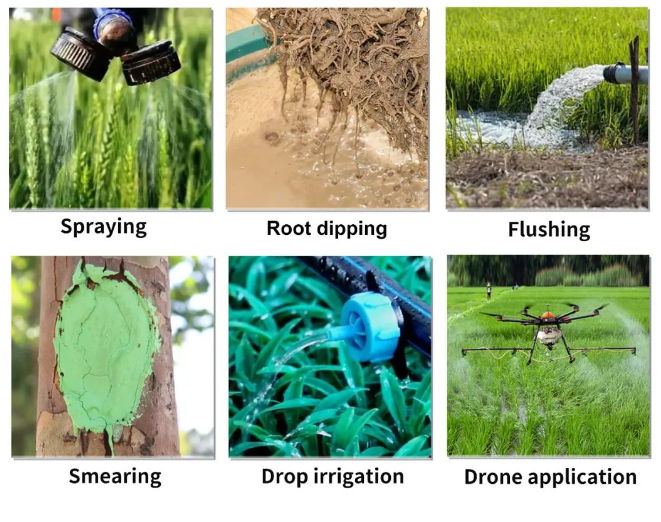
3.Application Time
Applications should generally be made during windless or breezy weather conditions, with attention to temperature. At lower temperatures, most organophosphorus pesticides are ineffective and most pests will drill into the plant leaves or fruits to avoid the cold.

4.Spraying Frequency
The frequency and quantity of applications must be strictly controlled. Excessive spraying does not improve effectiveness and can lead to higher pesticide residues. A scientific and reasonable approach ensures long-term insecticidal efficacy while keeping pesticide residues within a range that can be metabolized by plants or the environment.
5.Application Methods
Different application methods are selected according to the growth rules of pests, the feature of insecticides, processing dosage forms and environmental conditions. For example, underground pests, we choose to spread in granules, or choose water agent irrigation root control effect is good.
6.Scientific Mixing of Different Pesticides
When mixing different pesticides, it ensures that chemical reactions that alter the physical properties of the mixture do not occur. In case of precipitation or flocculation, stop mixing and discontinue use. The mixing with different pesticide are used to achieve synergies without cancelling each other's modes of action or control objectives.
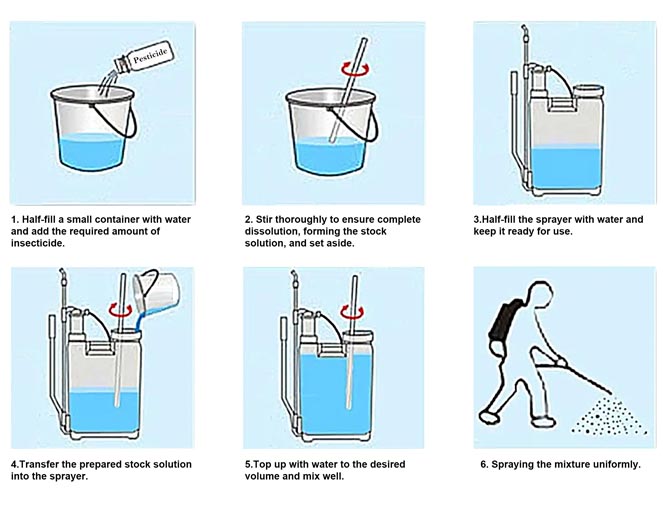
7.Reasonable Rotation of Pesticides
Pesticides with different mode of action should be rotated to prevent or reduce pest resistance development caused by prolonged use of a single insecticide.
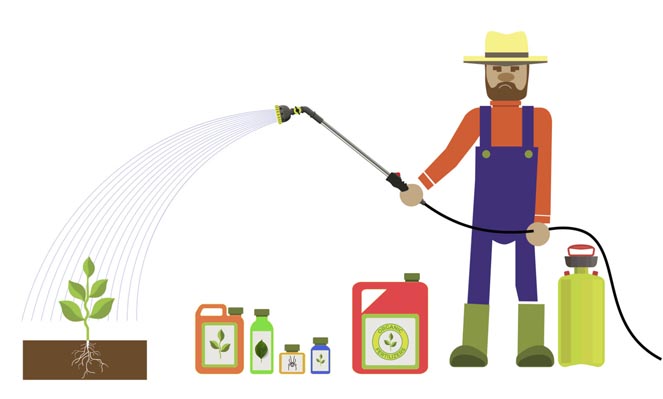
8.Accurate Pesticide Concentration
When preparing pesticides, ensure accurate concentration and thorough dissolution in water to achieve uniform dispersion.
9.Uniform Application
Insecticides should be applied uniformly, ensuring coverage of both the upper and lower surfaces of leaves and direct contact with the insect body. Ensure there are no missed rows or plants to maintain application quality.










